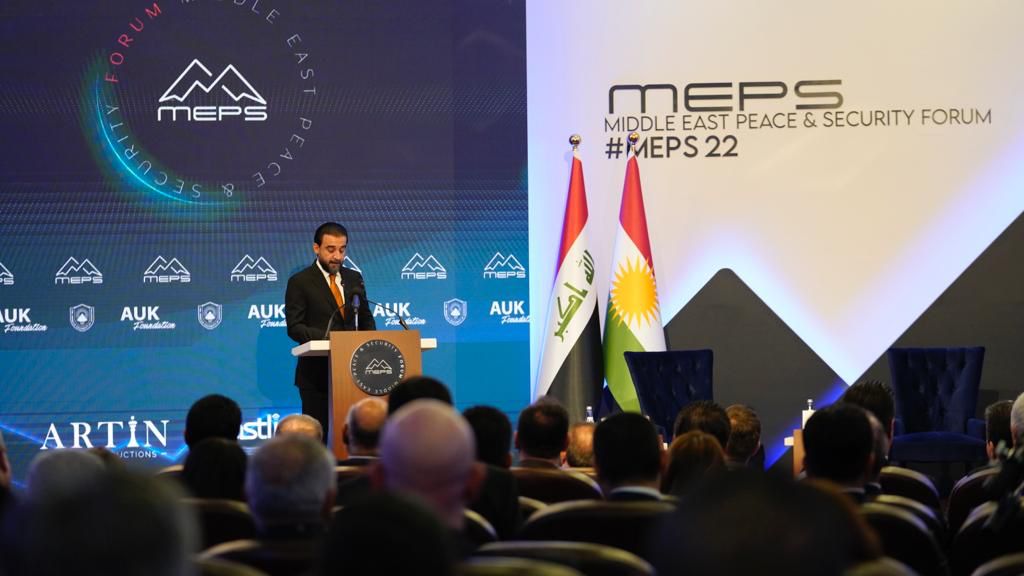CF shapes leadership this week as Coordination Framework leaders prepare to evaluate fifteen candidates for Iraq’s next prime minister. The list includes Mohammed Shia al-Sudani and Intelligence Service chief Hamid al-Shatri. The process begins after the electoral commission confirms the final results. Leaders also wait for al-Sudani to return from his visit to the Kurdistan Region. These steps set the stage for complex negotiations over Iraq’s next government.
The Coordination Framework plans a detailed meeting to outline the next steps. The leaders want clear agreement on the mechanism for forming the government. They also aim to finalize the shortlist for the premiership. Moreover, they seek early understandings on political alliances that will shape the next parliamentary term. Their discussions will influence both party strategy and national expectations.
The prime minister’s position traditionally belongs to the Shia political component. Therefore, the Coordination Framework remains the main arena for selecting the new leader. This reality gives the alliance significant bargaining power. It also creates pressure to maintain unity as political competition intensifies.
Sources close to the alliance claim that al-Sudani holds strong advantages. They believe he enjoys support across local, regional, and international actors. However, his chances depend on remaining inside the Framework. Leaders fear instability if he forms a separate parliamentary bloc. Therefore, the alliance prepares several scenarios to protect cohesion. They also warn that outside names circulating in political circles aim to confuse negotiations and weaken the CF.
Another political source notes growing agreement among senior Shia leaders. They insist that no top-winning figure may leave the alliance. They also confirm that the next prime minister must come from within the Coordination Framework. This agreement reinforces the alliance’s central role during government formation.
The political environment shifted quickly after the electoral commission released preliminary results on November 13. Election-monitoring groups soon published the initial seat distribution. Their data shows that Shia lists won about 187 of 329 seats. These numbers include seats won under Sunni lists due to local alliances.
Inside the Coordination Framework, several blocs delivered strong results. Al-Sudani’s al-Ima’ar wal-Tanmiya secured 45 seats. Nouri al-Maliki’s State of Law Coalition followed with 30 seats. The Sadiqoon bloc, led by Qais al-Khazali, captured 26. Badr, under Hadi al-Ameri, won 19. Ammar al-Hakim’s National State Forces secured 18.
These results strengthen the alliance’s influence as CF shapes leadership for the next government. Moreover, the numbers provide momentum for internal negotiations. Leaders now seek a unified direction that protects their political weight. They also want a candidate who can manage competing interests while guiding Iraq through tense regional conditions.
In conclusion, CF shapes leadership as political actors navigate a decisive moment. The upcoming decisions will determine Iraq’s next prime minister and define the balance of power for years ahead.



